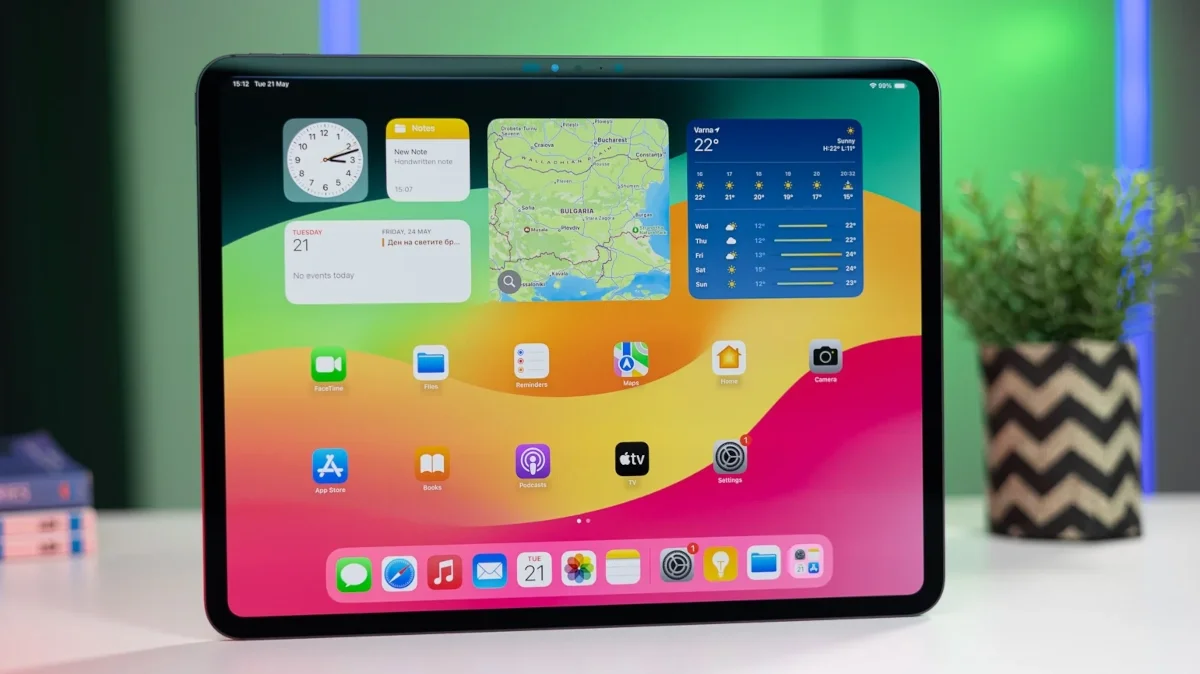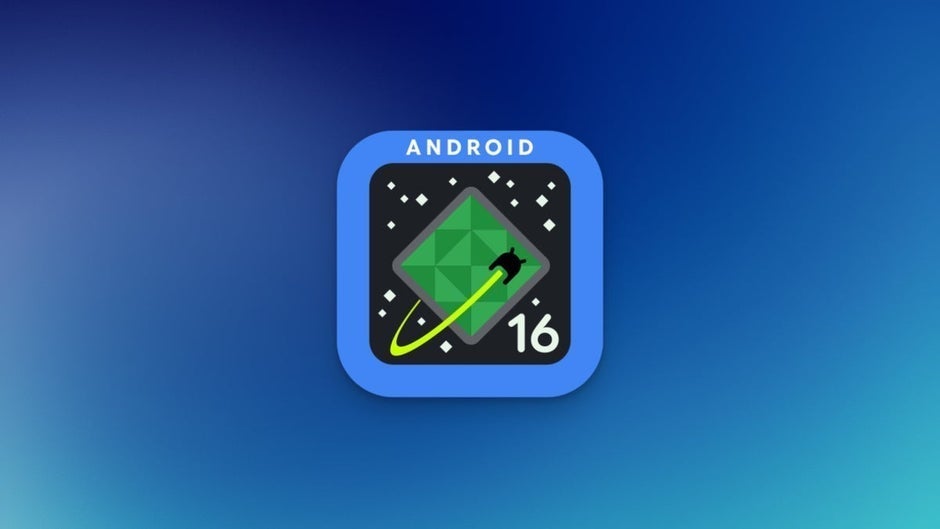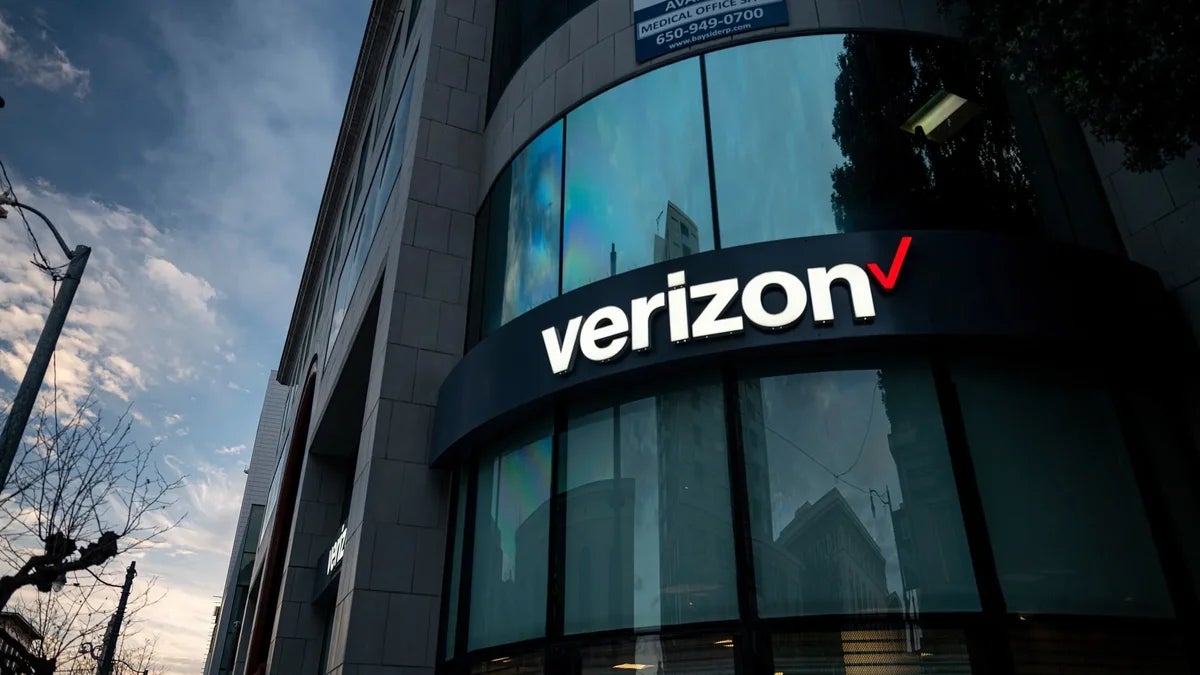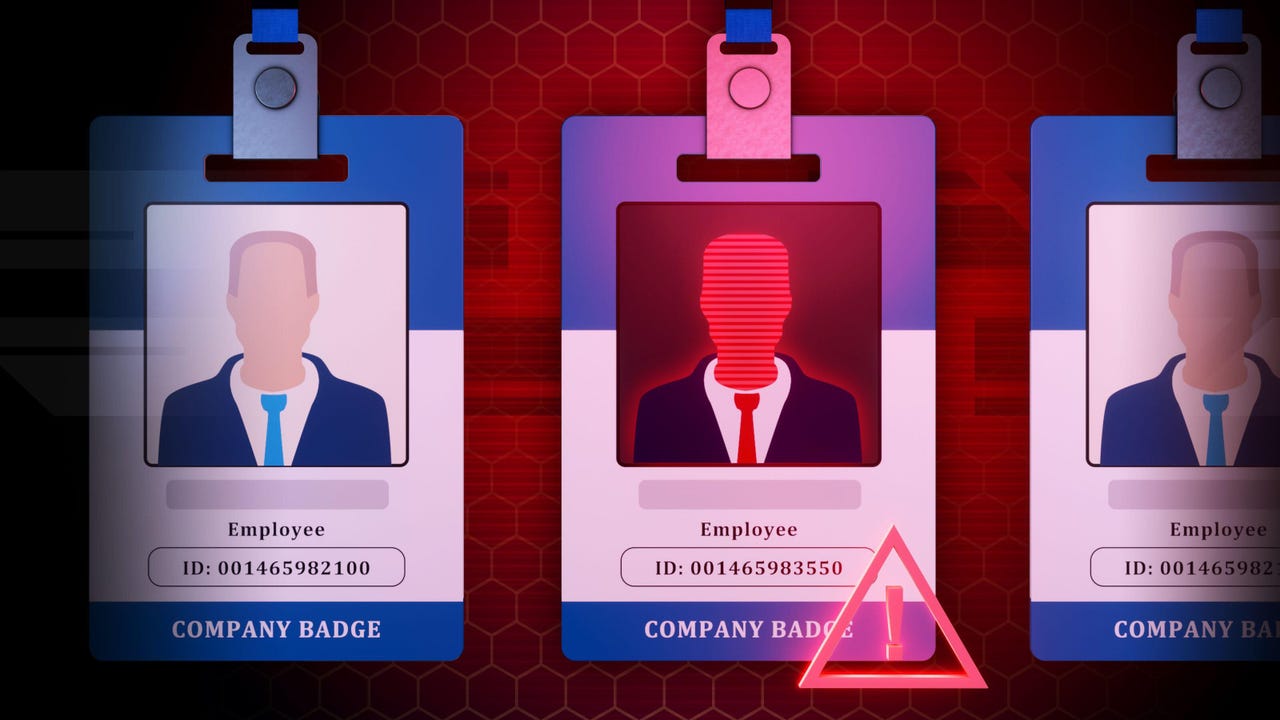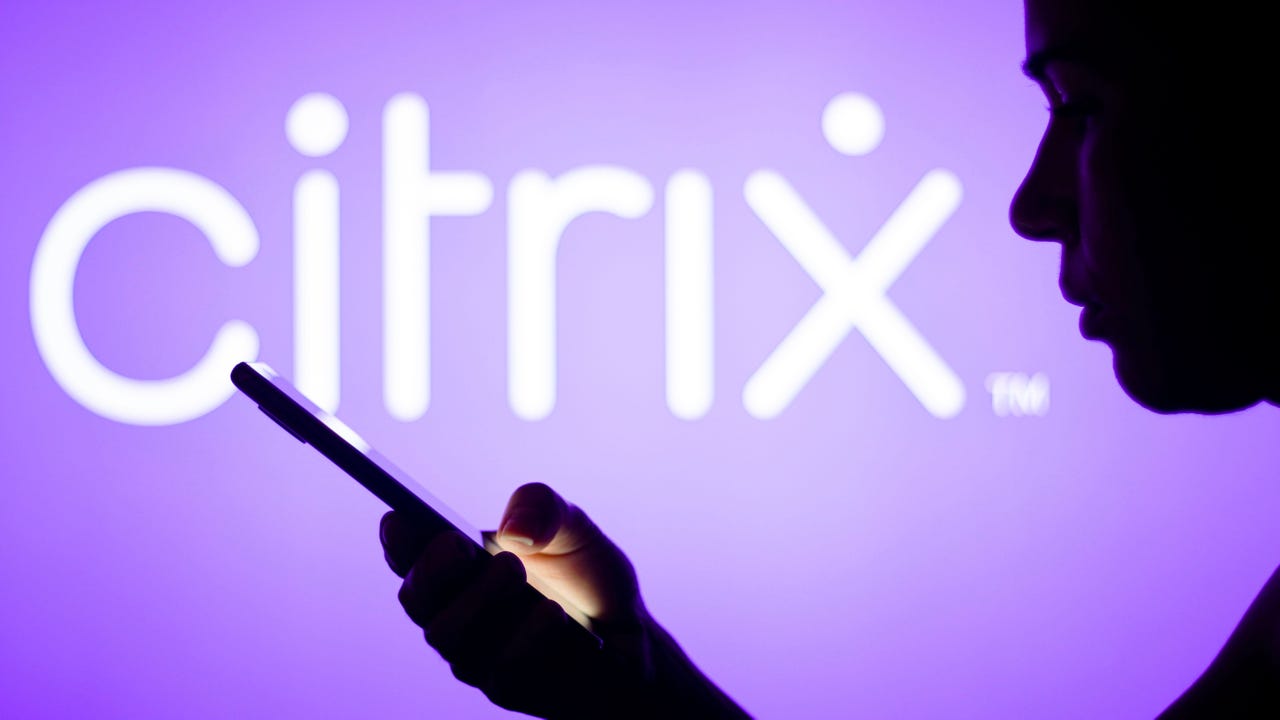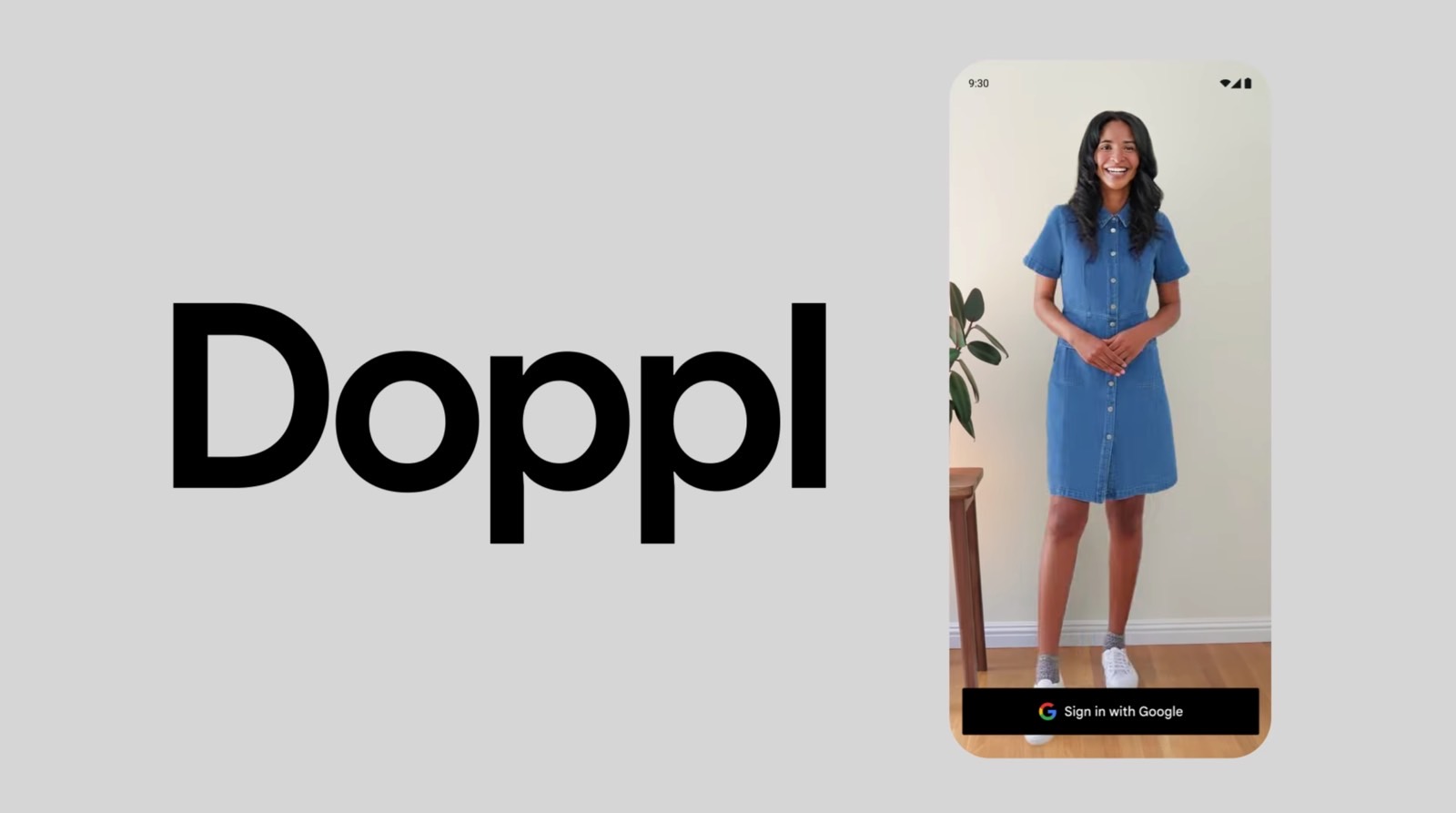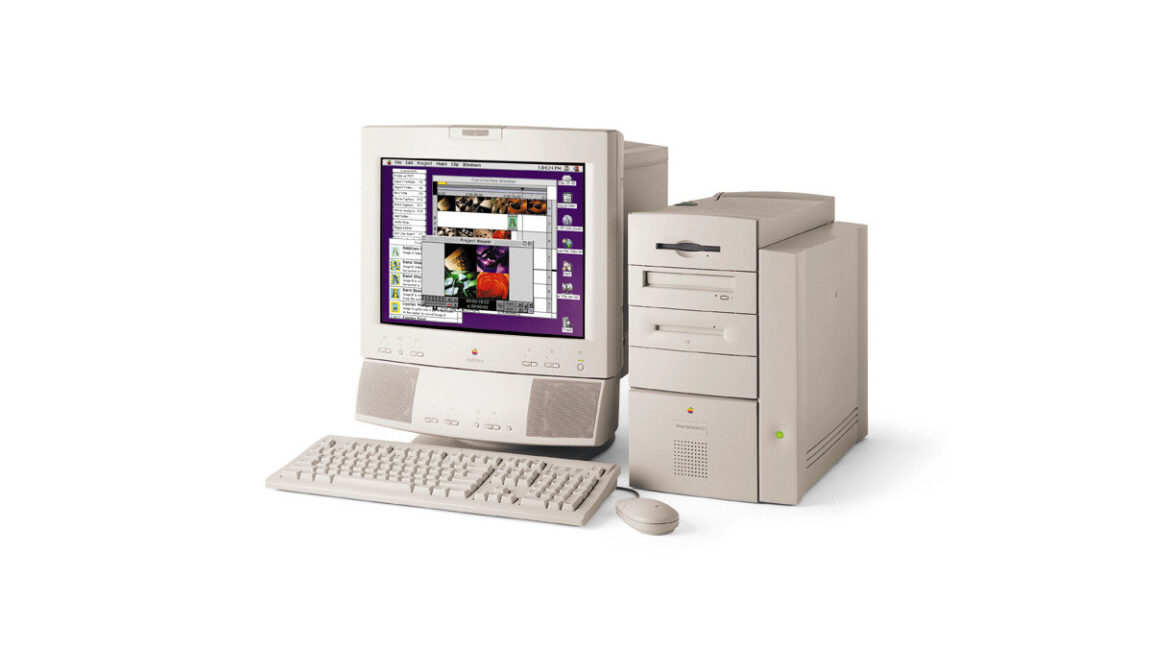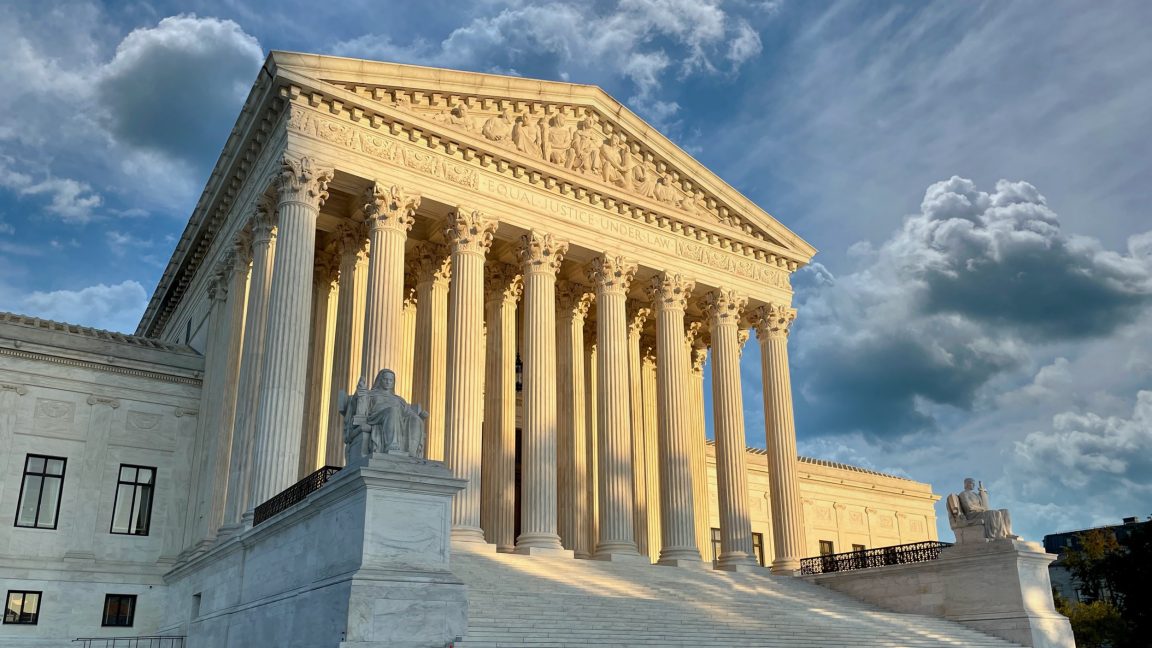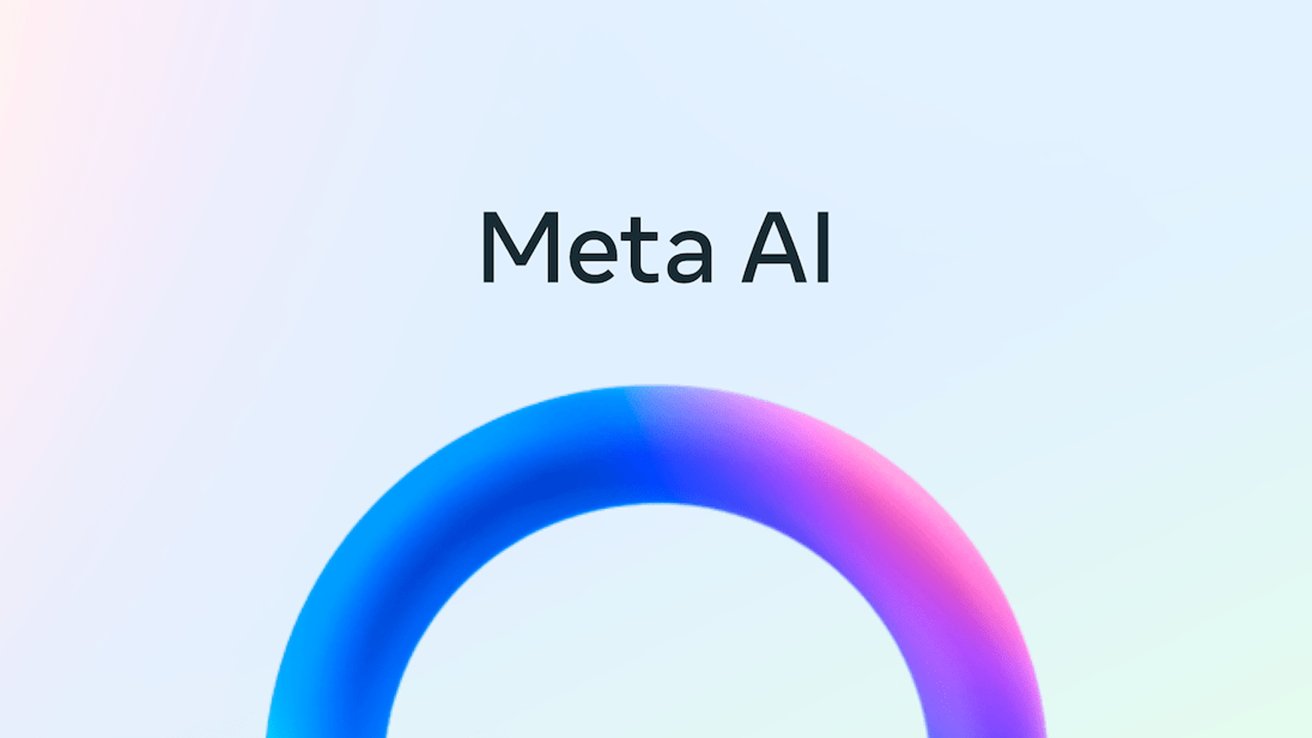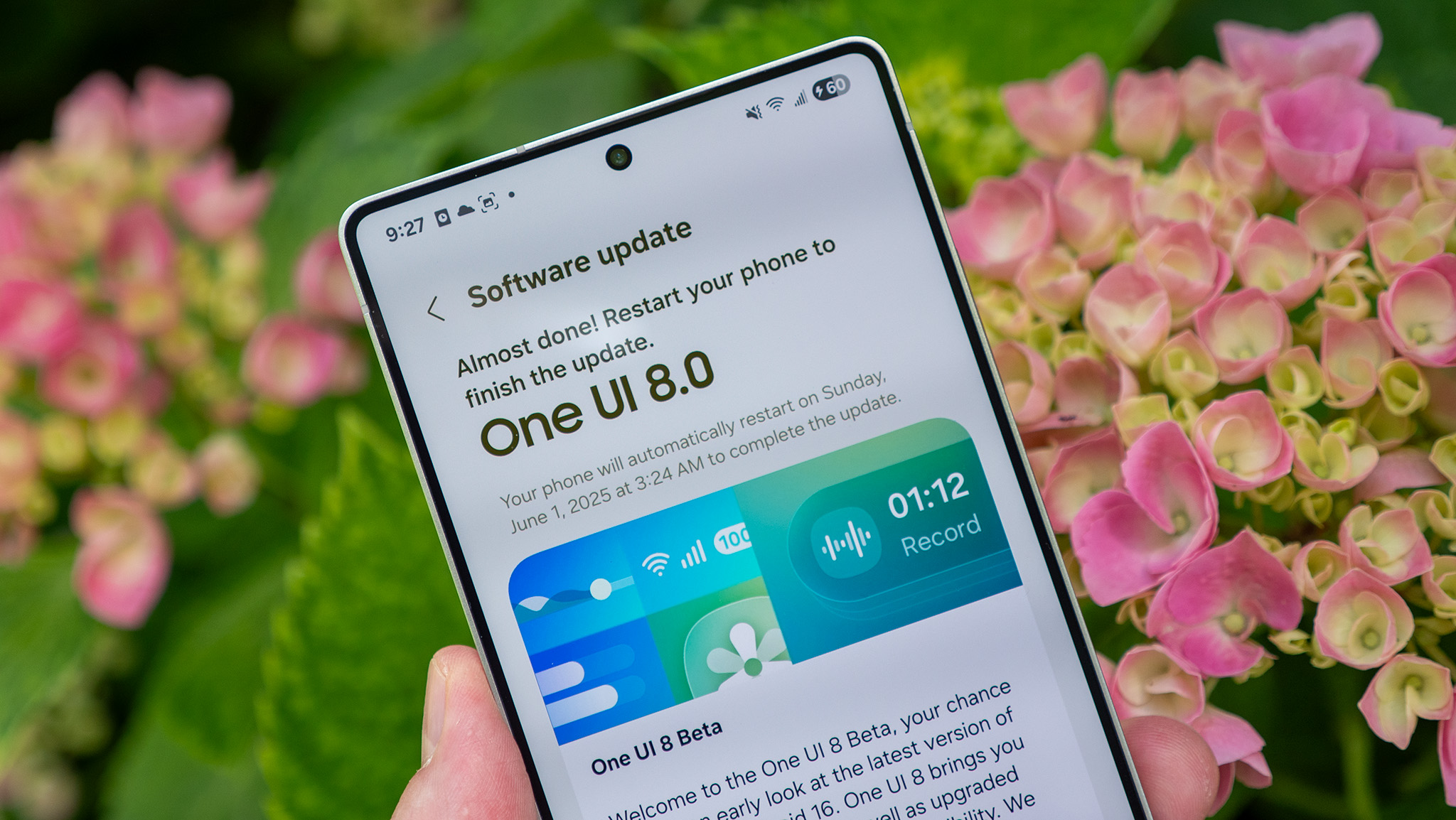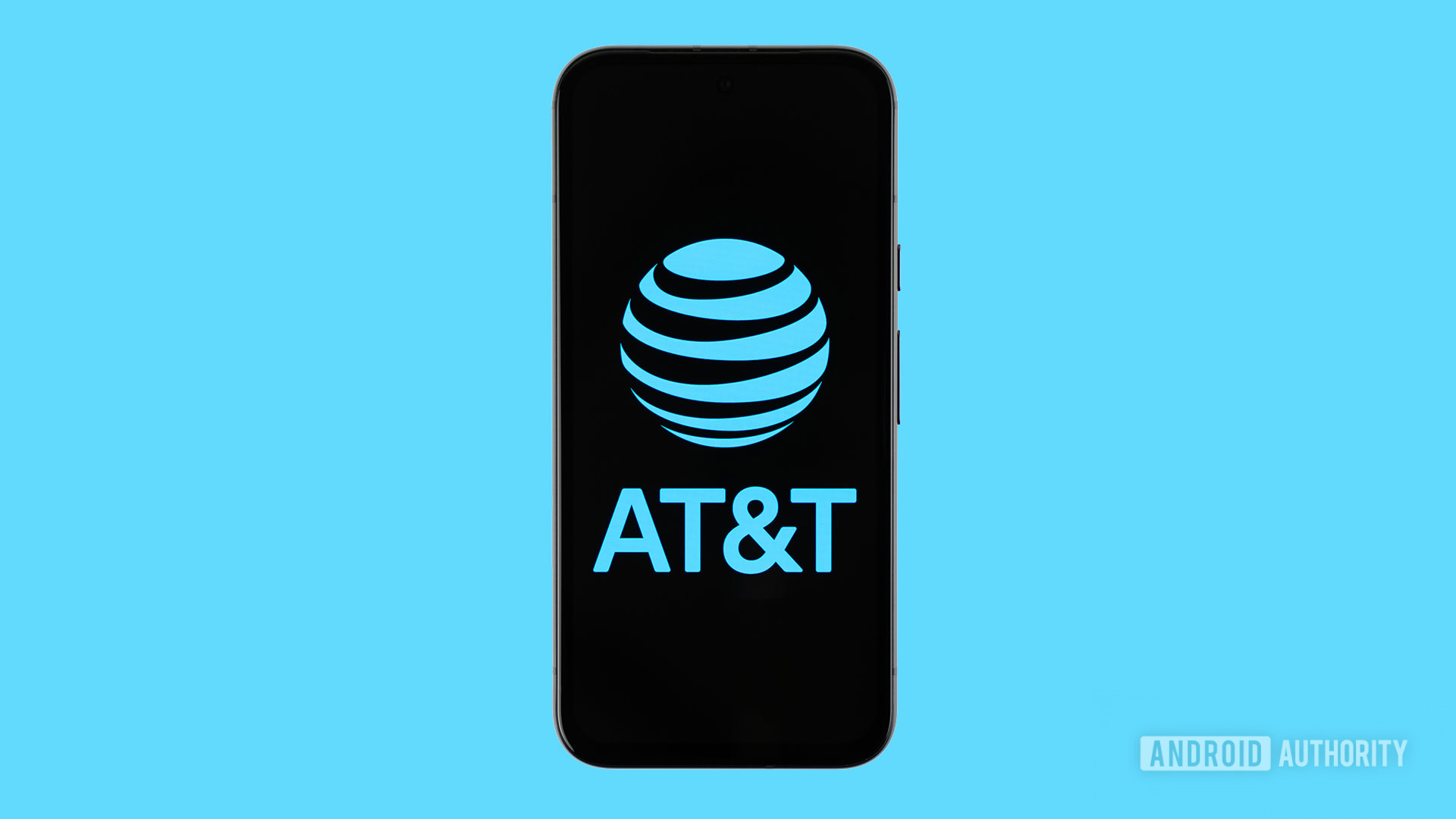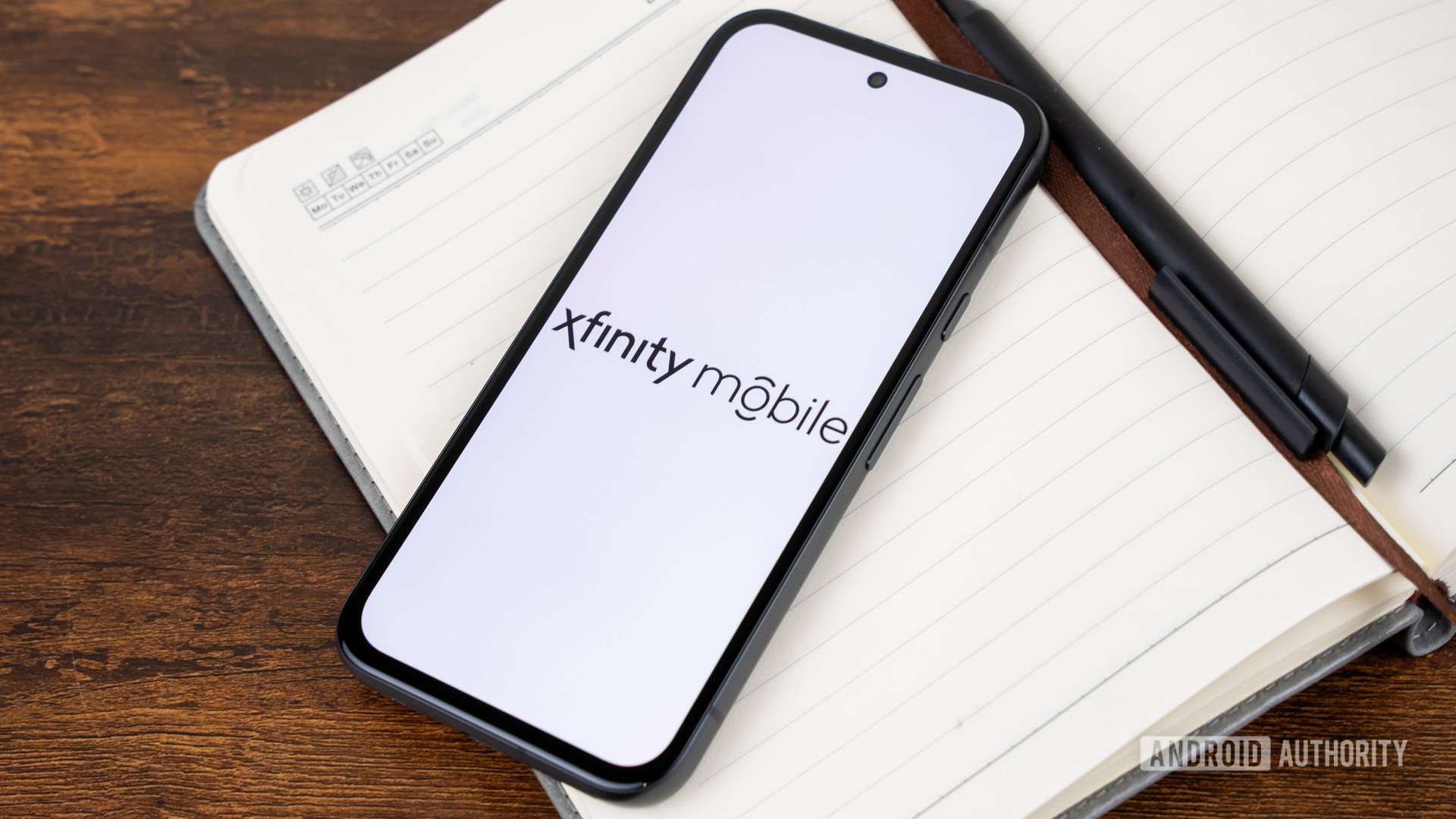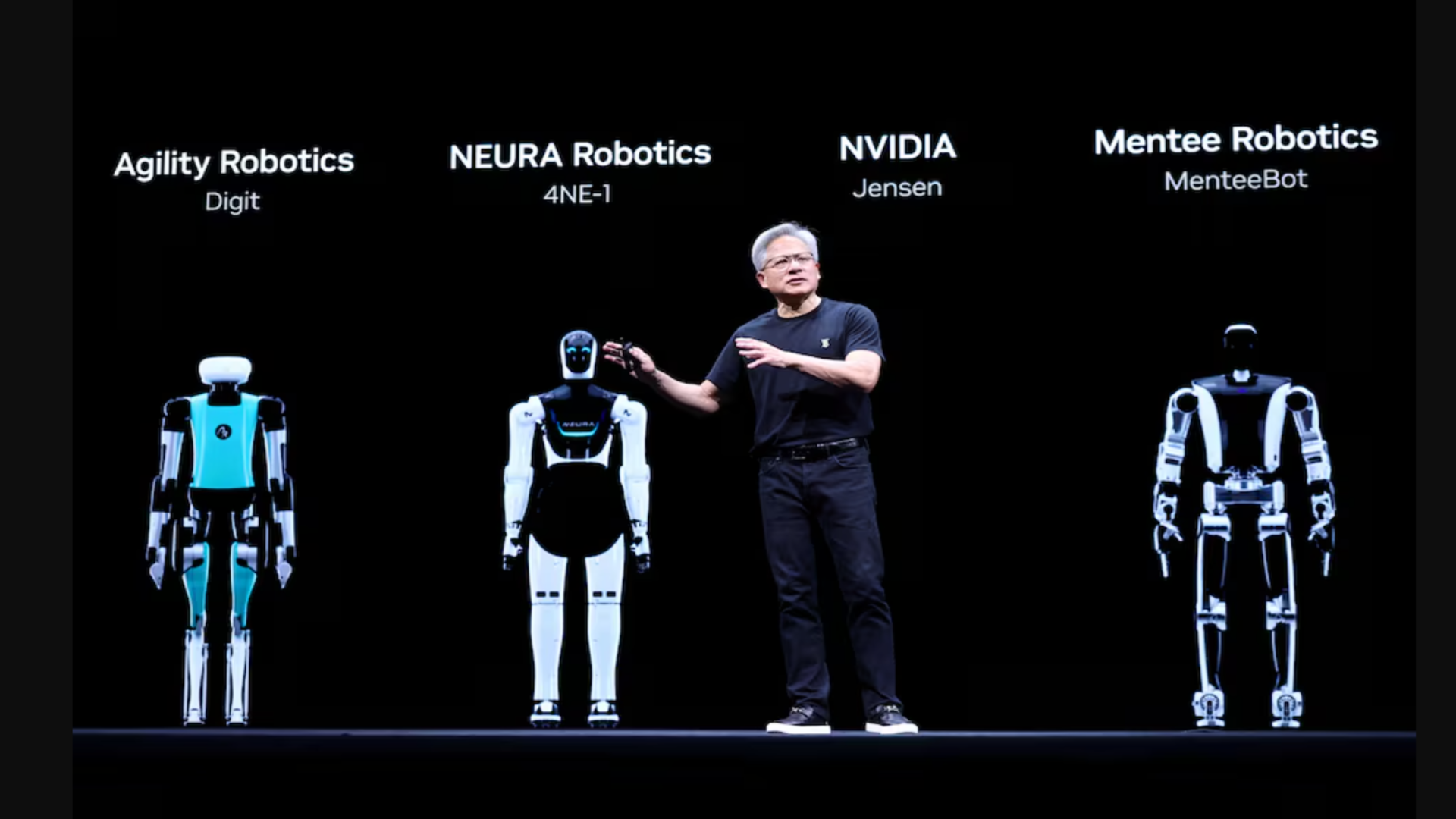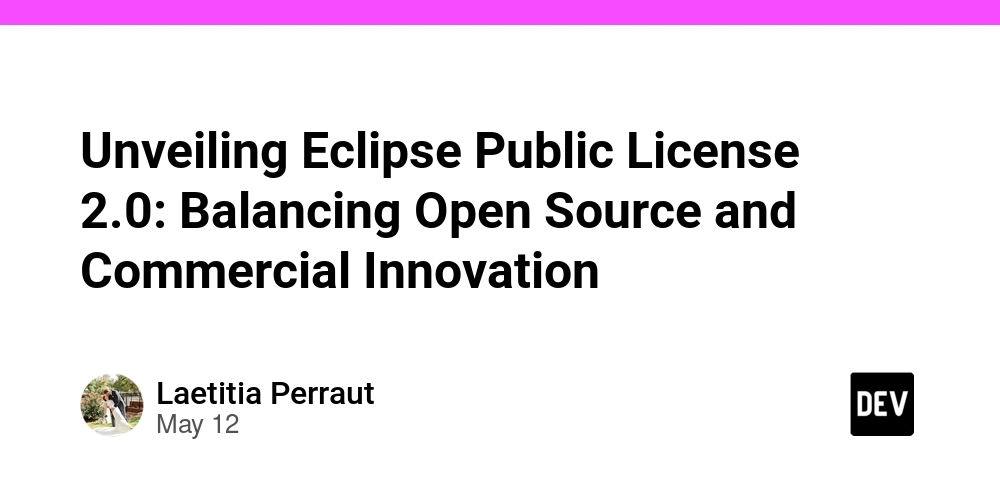Unveiling the BSD 3-Clause License: A Deep Dive into Open Source Permissiveness, Fairness, and Future Innovation
Abstract This post provides an in-depth look at the BSD 3-Clause License. We explore its historical origins, core features, and how it fits into the evolving ecosystem of open source and fair code licenses. We discuss its wide adoption, practical applications in today’s tech landscape, challenges such as potential exploitation and lack of built‐in compensation, and future innovations. Along the way, we integrate comparisons with similar models, dual licensing strategies, and relevant discussions from both the blockchain and open source communities. Read on for a holistic technical analysis designed for developers, researchers, and legal enthusiasts interested in understanding how the BSD 3-Clause License remains a benchmark of open source freedom and innovation. Introduction The BSD 3-Clause License is one of the most widely adopted permissive licenses in the world of open source software. Originating at the University of California, Berkeley, it has provided developers with a robust framework that champions legal clarity, minimal restrictions, and the freedom to distribute, modify, and use code in both open source and commercial applications. In today’s arena—where the intersection of blockchain, fair code licensing, and sustainable open source funding is becoming more important—the BSD model continues to serve as a cornerstone. In this post, we unravel its features, peer comparisons, and future outlook while including practical examples and useful resources. Background and Context Historical Origins The history of the BSD 3-Clause License dates back to the early days of academic computing in the 1970s and 1980s. Developed at the University of California, Berkeley, it was designed to provide a legal framework that would keep software accessible, open, and modifiable. Its emphasis on copyright preservation and non-endorsement laid the groundwork for the practice of sharing and reforming code without heavy burdens—an approach that influenced many other licenses such as the MIT License and Apache License 2.0. Ecosystem and Definitions Permissive License: A license that imposes very few restrictions on redistribution and modification. Copyleft License: A model that requires derivative works to adhere to the original licensing terms (e.g., GNU GPL). Dual Licensing: A strategic approach where software is released under both an open source license (e.g., BSD) and a commercial license. Understanding where the BSD 3-Clause License fits within this landscape is key. Its permissive nature enables broader software adoption in industries—from operating systems, as seen with FreeBSD, to modern blockchain applications. Related Open Source Funding and Licensing Innovations Open source funding models have evolved, and novel paradigms such as fair code licensing (e.g., OCTL) have emerged. Many in the developer community are now discussing how open source contributions might benefit from mechanisms like blockchain-based compensation and token reward systems. These discussions complement the role that the BSD 3-Clause License plays in traditional open source environments. Core Concepts and Features Key Principles of the BSD 3-Clause License The BSD 3-Clause License is celebrated for its: Permissiveness: It allows modification, merging, distribution, and private use with few restrictions. Simplicity: The language is clear and concise making it accessible to both legal experts and developers. Attribution Requirement: Developers must preserve the original copyright notice in distributed source code. No Endorsement Clause: The license prohibits using the name of the original organization or its contributors for promotion without prior permission. Table: Comparison of Popular Open Source Licenses Below is a simplified table comparing key features of several popular licenses: License Permissiveness Attribution Required Copyleft Dual Licensing Support BSD 3-Clause License Very High Yes No Yes MIT License Very High Yes No Yes Apache License 2.0 High Yes No Yes GNU GPL v3 Moderate (Restrictive) Yes Yes Limited This table illustrates the balance between legal robustness and freedom: the BSD license’s minimalistic approach makes it appealing for rapid software development and integration into proprietary products yet may invite debates about contributor compensation. Dual Licensing and Its Implications Dual licensing allows projects to be governed by both open source and commercial licensing terms. While the BSD 3-Clause License itself does not include compensation measures, many companies combine it with a commercial license to: Capture revenue via proprietary add-ons, Offer premium support services, Protect intellectual property without sacrificing open community contributions. Community and Developer Perspectives Developers appreciate that the BSD 3-Clause License summar
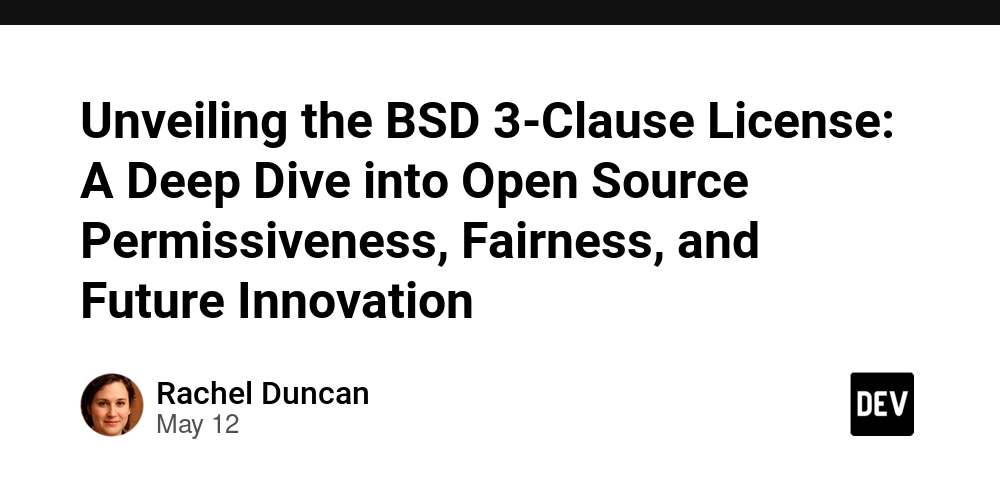
Abstract
This post provides an in-depth look at the BSD 3-Clause License. We explore its historical origins, core features, and how it fits into the evolving ecosystem of open source and fair code licenses. We discuss its wide adoption, practical applications in today’s tech landscape, challenges such as potential exploitation and lack of built‐in compensation, and future innovations. Along the way, we integrate comparisons with similar models, dual licensing strategies, and relevant discussions from both the blockchain and open source communities. Read on for a holistic technical analysis designed for developers, researchers, and legal enthusiasts interested in understanding how the BSD 3-Clause License remains a benchmark of open source freedom and innovation.
Introduction
The BSD 3-Clause License is one of the most widely adopted permissive licenses in the world of open source software. Originating at the University of California, Berkeley, it has provided developers with a robust framework that champions legal clarity, minimal restrictions, and the freedom to distribute, modify, and use code in both open source and commercial applications. In today’s arena—where the intersection of blockchain, fair code licensing, and sustainable open source funding is becoming more important—the BSD model continues to serve as a cornerstone. In this post, we unravel its features, peer comparisons, and future outlook while including practical examples and useful resources.
Background and Context
Historical Origins
The history of the BSD 3-Clause License dates back to the early days of academic computing in the 1970s and 1980s. Developed at the University of California, Berkeley, it was designed to provide a legal framework that would keep software accessible, open, and modifiable. Its emphasis on copyright preservation and non-endorsement laid the groundwork for the practice of sharing and reforming code without heavy burdens—an approach that influenced many other licenses such as the MIT License and Apache License 2.0.
Ecosystem and Definitions
- Permissive License: A license that imposes very few restrictions on redistribution and modification.
- Copyleft License: A model that requires derivative works to adhere to the original licensing terms (e.g., GNU GPL).
- Dual Licensing: A strategic approach where software is released under both an open source license (e.g., BSD) and a commercial license.
Understanding where the BSD 3-Clause License fits within this landscape is key. Its permissive nature enables broader software adoption in industries—from operating systems, as seen with FreeBSD, to modern blockchain applications.
Related Open Source Funding and Licensing Innovations
Open source funding models have evolved, and novel paradigms such as fair code licensing (e.g., OCTL) have emerged. Many in the developer community are now discussing how open source contributions might benefit from mechanisms like blockchain-based compensation and token reward systems. These discussions complement the role that the BSD 3-Clause License plays in traditional open source environments.
Core Concepts and Features
Key Principles of the BSD 3-Clause License
The BSD 3-Clause License is celebrated for its:
- Permissiveness: It allows modification, merging, distribution, and private use with few restrictions.
- Simplicity: The language is clear and concise making it accessible to both legal experts and developers.
- Attribution Requirement: Developers must preserve the original copyright notice in distributed source code.
- No Endorsement Clause: The license prohibits using the name of the original organization or its contributors for promotion without prior permission.
Table: Comparison of Popular Open Source Licenses
Below is a simplified table comparing key features of several popular licenses:
| License | Permissiveness | Attribution Required | Copyleft | Dual Licensing Support |
|---|---|---|---|---|
| BSD 3-Clause License | Very High | Yes | No | Yes |
| MIT License | Very High | Yes | No | Yes |
| Apache License 2.0 | High | Yes | No | Yes |
| GNU GPL v3 | Moderate (Restrictive) | Yes | Yes | Limited |
This table illustrates the balance between legal robustness and freedom: the BSD license’s minimalistic approach makes it appealing for rapid software development and integration into proprietary products yet may invite debates about contributor compensation.
Dual Licensing and Its Implications
Dual licensing allows projects to be governed by both open source and commercial licensing terms. While the BSD 3-Clause License itself does not include compensation measures, many companies combine it with a commercial license to:
- Capture revenue via proprietary add-ons,
- Offer premium support services,
- Protect intellectual property without sacrificing open community contributions.
Community and Developer Perspectives
Developers appreciate that the BSD 3-Clause License summary captures the spirit of openness without imposing rigid commitments. Online platforms such as Stack Overflow and discussions on Hacker News underscore its enduring influence. At the same time, debates continue on balancing the freedom with fair compensation—a conversation echoed in newer funding models like those examined on license-token.com.
Applications and Use Cases
The BSD 3-Clause License is used in a variety of applications, from system software to contemporary blockchain initiatives.
Example 1: Operating Systems
- FreeBSD: The very name originates from Berkeley’s distribution and remains under the BSD license. Its success in powering servers, and even components of commercial products, highlights how permissiveness enhances scalability and reliability.
Example 2: Web and Networking Software
- Apache HTTP Server: While not solely BSD-licensed, numerous modules within various open source projects referencing BSD principles have helped forge robust, secure, and flexible server infrastructures.
Example 3: Integration in Modern Blockchain and Fair Code Models
Recent developments show the intersection between traditional open source licenses and blockchain technology. Coordination of software licensing and decentralized funding can be seen in projects that integrate open source components under BSD 3-Clause with blockchain-based incentive structures. In fact, several discussions on GitHub License Usage provide statistical evidence for the growing interest in merging flexibility with modern funding and compensation models.
Bullet List of Practical Benefits:
- Rapid Prototyping: Minimal restrictions help developers iterate quickly.
- Commercial Integration: Companies safely incorporate BSD-licensed code without mandatory disclosure of proprietary modifications.
- Community Collaboration: Lower legal friction spurs innovation through widespread contributions.
Challenges and Limitations
Despite its many strengths, the BSD 3-Clause License is not without drawbacks.
Exploitation and Fair Compensation
A frequent criticism is that its permissiveness can lead to "BSD exploitation" where commercial entities use BSD-licensed code without reciprocally compensating or crediting original developers. Without built-in compensation mechanisms, some argue that the license may inadvertently undercut the financial sustainability of open source projects.
Compatibility Issues
- Integrating with Copyleft Licenses: Mixing BSD and more restrictive licenses such as the GNU GPL sometimes causes legal ambiguities.
- Jurisdictional Variations: Differing interpretations across regions may slightly alter the enforcement of minimal obligations, leading to uncertainty in international collaborations.
Case Study Insight
Several projects have faced challenges in sustaining community support once initial funding dried up. Without robust Contributor License Agreements (CLAs), some initiatives have seen conflicts over intellectual property rights and fallback on legal disputes that can stunt growth. These issues fuel ongoing debates in the tech community, particularly on platforms like Reddit’s r/opensource.
Table: Key Challenges vs. Benefits
| Dimension | Benefits | Challenges |
|---|---|---|
| Flexibility/Permissiveness | Rapid prototyping and integration | Risk of exploitation without fair compensation |
| Legal Clarity | Straightforward terms reduce legal overhead | Ambiguity when mixing with copyleft licenses |
| Community Adoption | High acceptance among diverse projects | Need for supplemental CLAs for accountability |
Future Outlook and Innovations
The digital economy is shifting and so is the conversation on how to fund open source endeavors fairly.
Trends in Open Source Funding
Innovative funding models, such as those seen in blockchain-based systems, are gaining traction as ways to integrate direct developer compensation. Projects like OCTL are exploring token-based incentive programs to partner with open source licensing models. As blockchain continues to integrate into tech ecosystems, expect:
- Automated Royalty Payments: Smart contracts may eventually automate the distribution of funds to contributors.
- Enhanced Attribution Mechanisms: Distributed ledgers could track contributions and ensure that every code change is credited financially where warranted.
Merging Traditional Licensing with Blockchain Innovators
The BSD 3-Clause License continues to form part of two groundbreaking approaches:
- Dual Licensing Models: These models combine the freedom of BSD with separate commercial licenses that enable revenue sharing.
- On-chain Compliance: Future versions of open source licensing might incorporate on-chain clauses, ensuring that updates, modifications, and attributions are automatically recorded.
Future Integration Scenarios
Imagine a scenario where a blockchain-based open source project uses the BSD 3-Clause License for its code, while additional layers of tokenized compensation ensure that contributors receive royalties for derivative works. Such integration may also enhance transparency and accountability in large-scale projects and prevent issues of uncredited exploitation.
Summary
In conclusion, the BSD 3-Clause License remains a vital tool in the evolving world of software development. Its enduring success lies in its simplicity, legal clarity, and the freedom it offers developers. However, this permissiveness also entails challenges, notably the risk of exploitation without adequate compensation and the complexities of integrating with other licensing models. As the tech ecosystem evolves with innovations in blockchain and fair code funding, the license’s utility is likely to be augmented by dual licensing strategies and new models of automated compensation.
For those wishing to explore more, the original article on Unveiling BSD 3-Clause License: A Comprehensive Summary, Exploration and Review offers an extensive background and detailed analysis.
Further Reading
For additional insights and comparative perspectives, consider the following authoritative resources:
- BSD 3-Clause Official Text: https://opensource.org/licenses/BSD-3-Clause
- Open Source Initiative (OSI): https://opensource.org/licenses
- Community Discussions: Find technical debates on Stack Overflow and Hacker News
- Blockchain and Open Source Funding Innovations:
Additionally, for perspectives from the developer community on current open source funding and licensing models, check out these Dev.to posts:
- Empowering Innovation: The Role of Open Source Project Funding Platforms
- Unveiling a New Era in Open Source Licensing
- Navigating Innovation: The Intersection of NFTs, Open Source Licensing and Pudgy Penguins
Final Thoughts
The BSD 3-Clause License stands as a testament to the enduring philosophy of open collaboration and minimal restrictions. It continues to be relevant in a world where rapid innovation, cross-industry collaboration, and new funding models are shaping the future. Whether you are a developer, a legal analyst, or a blockchain enthusiast, understanding the BSD 3-Clause License in both its historical context and its modern applications is crucial. It not only provides a safeguard for code sharing, but also sets the stage for innovations that may redefine how open source projects are funded and maintained in the years to come.
By balancing simplicity with flexibility and by continuously evolving through community discussion and emerging technologies, the BSD 3-Clause License remains a cornerstone of the open source ecosystem—empowering creators, catalyzing collaboration, and paving the way for a future where open innovation meets sustainable funding.
Happy coding and remember: in the dynamic world of software development, understanding proper licensing is as important as writing clean, efficient code!































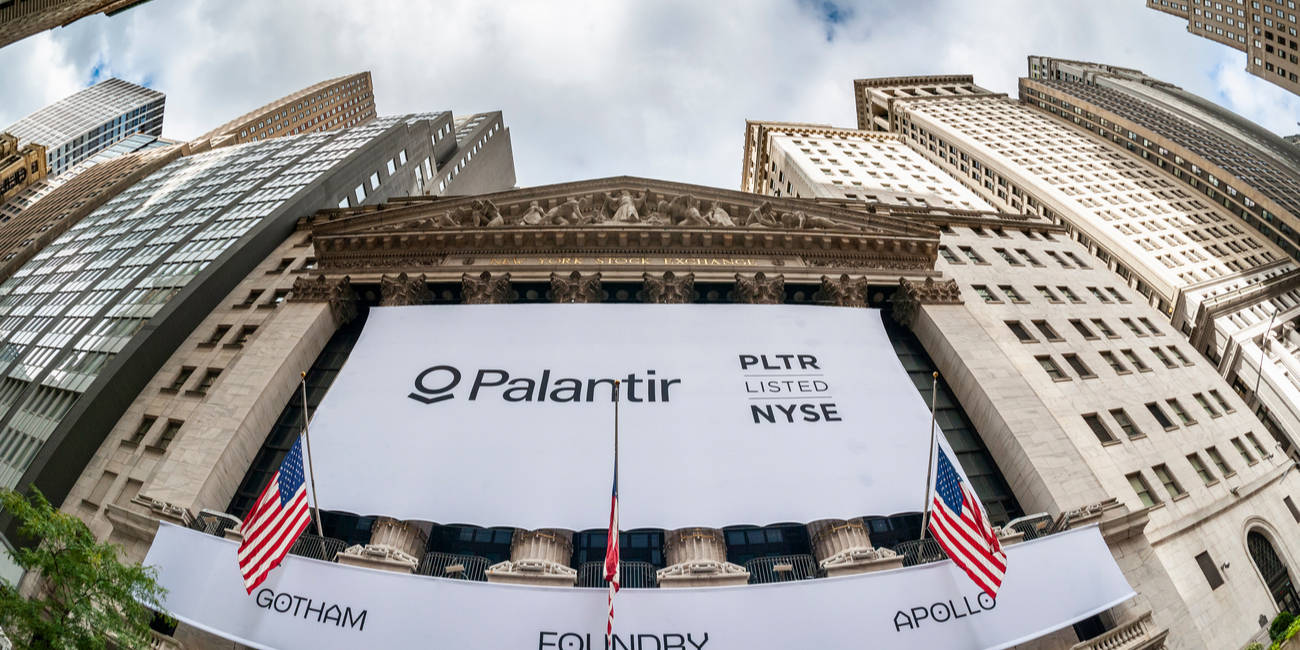










































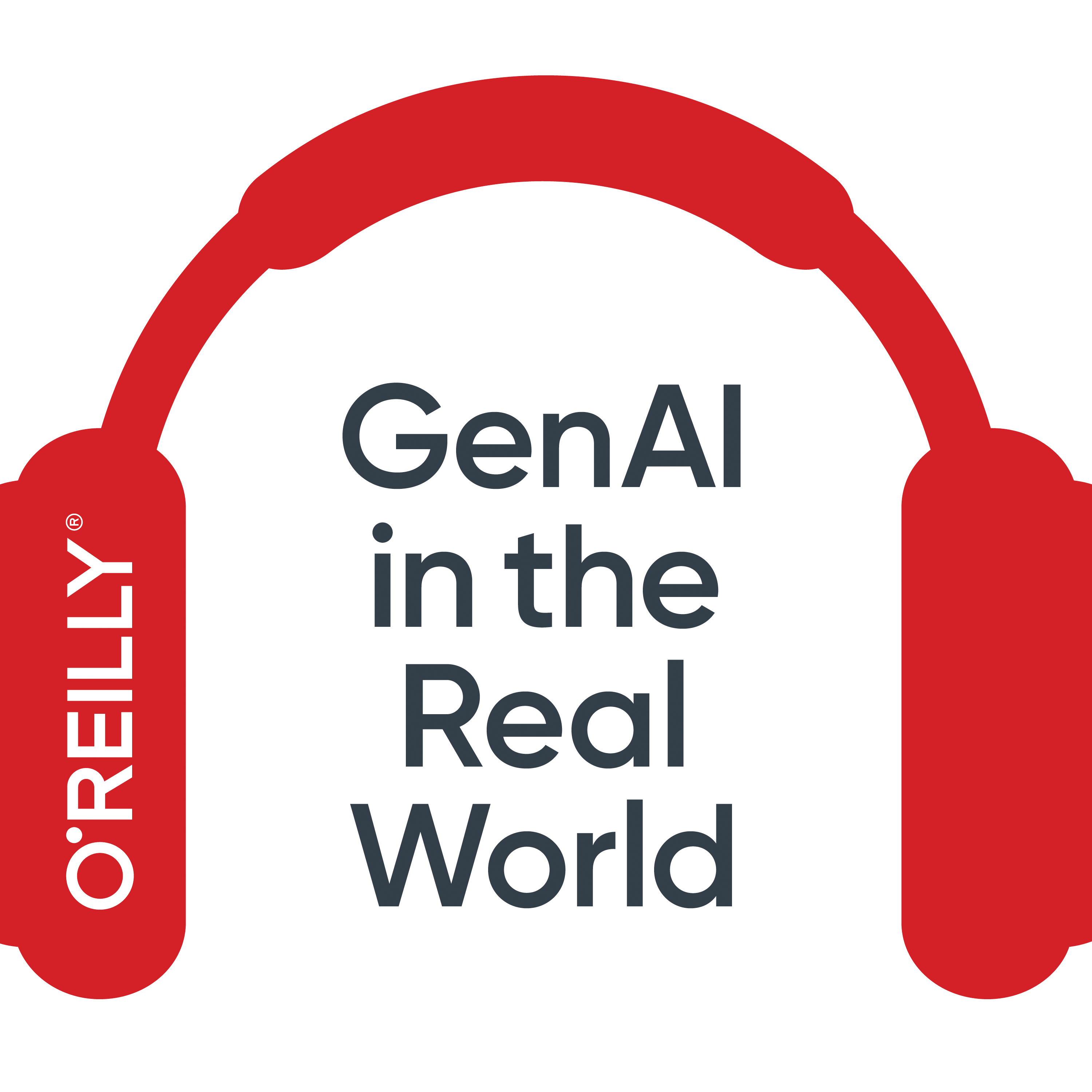





















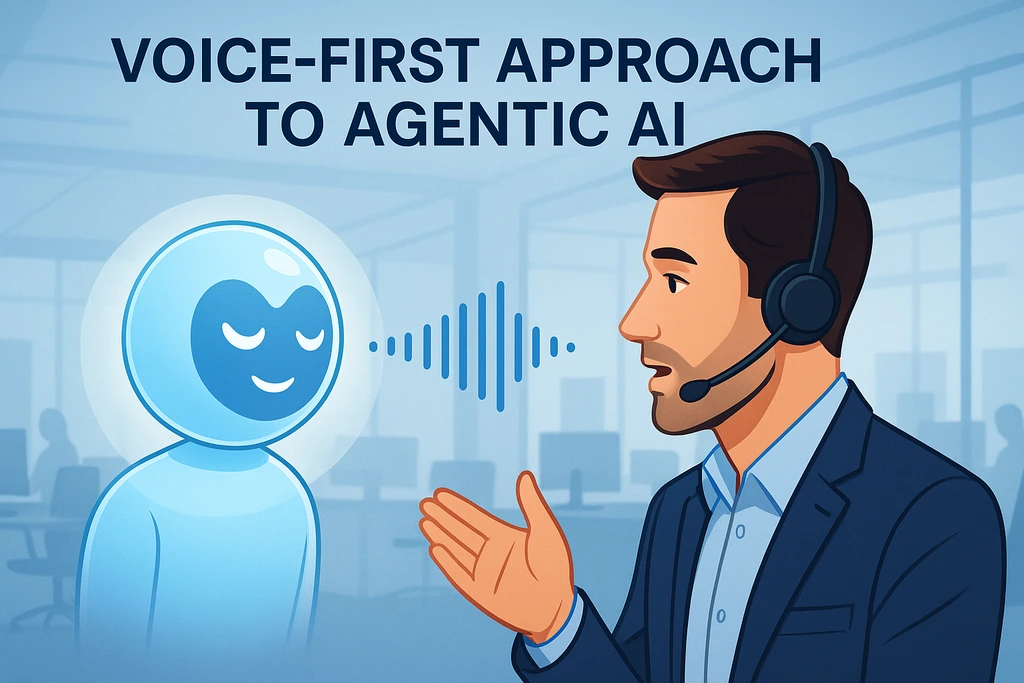





















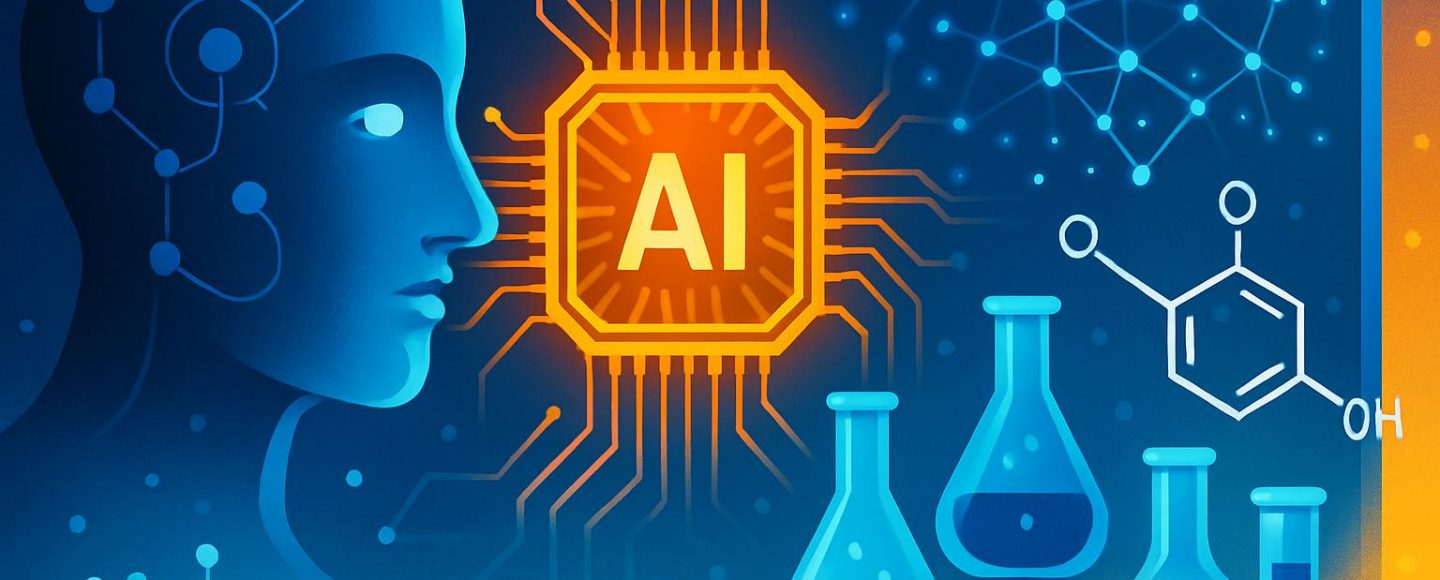
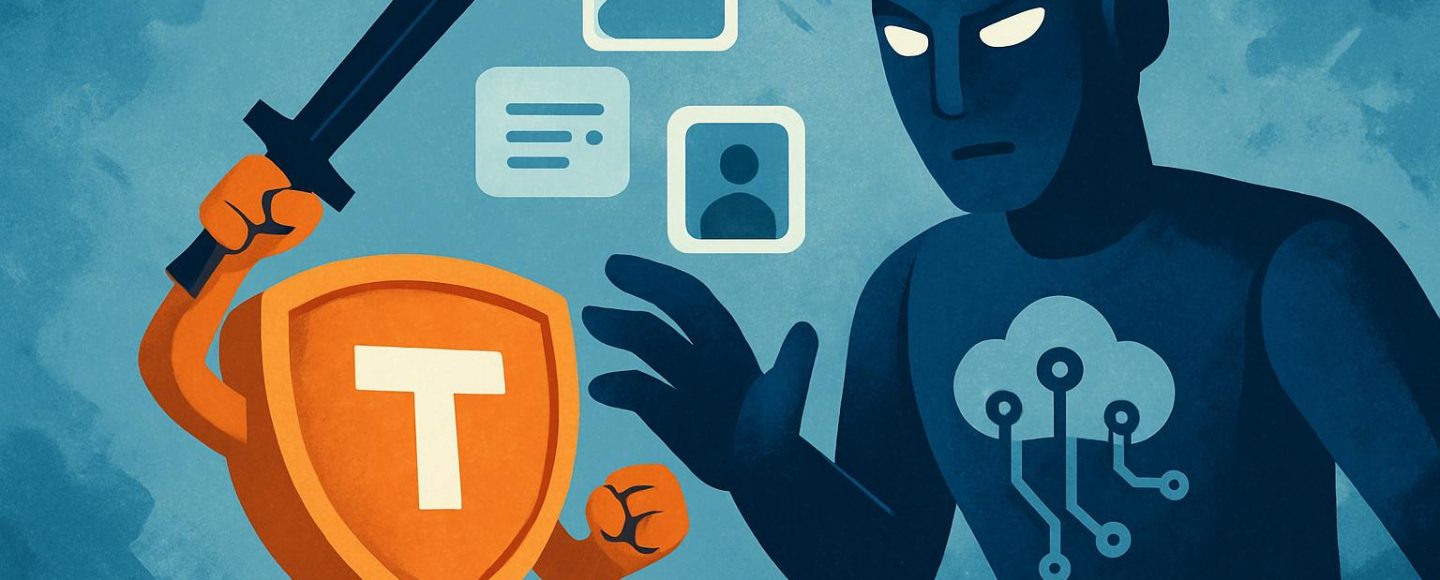






















































![[The AI Show Episode 156]: AI Answers - Data Privacy, AI Roadmaps, Regulated Industries, Selling AI to the C-Suite & Change Management](https://www.marketingaiinstitute.com/hubfs/ep%20156%20cover.png)
![[The AI Show Episode 155]: The New Jobs AI Will Create, Amazon CEO: AI Will Cut Jobs, Your Brain on ChatGPT, Possible OpenAI-Microsoft Breakup & Veo 3 IP Issues](https://www.marketingaiinstitute.com/hubfs/ep%20155%20cover.png)

























































































































![Rust VS Go VS TypeScript – which back end language is for you? With Tai Groot [Podcast #176]](https://cdn.hashnode.com/res/hashnode/image/upload/v1750974265013/73f79068-0087-4c39-8a8b-feea8cac873b.png?#)





















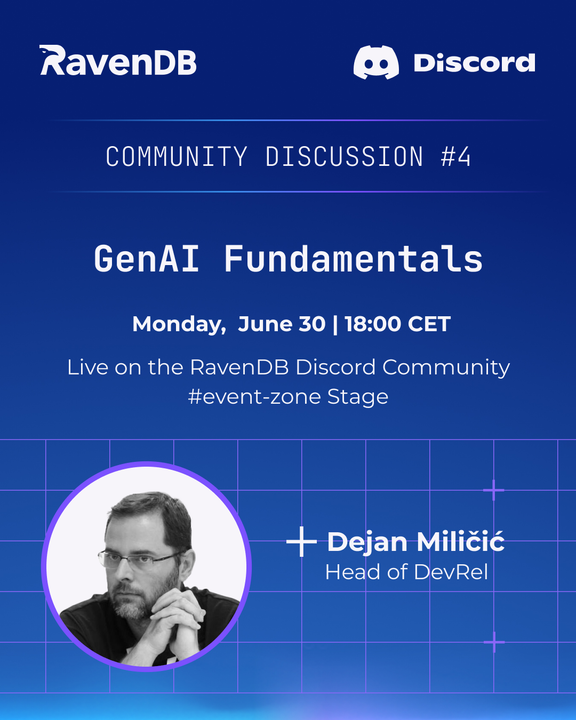


















































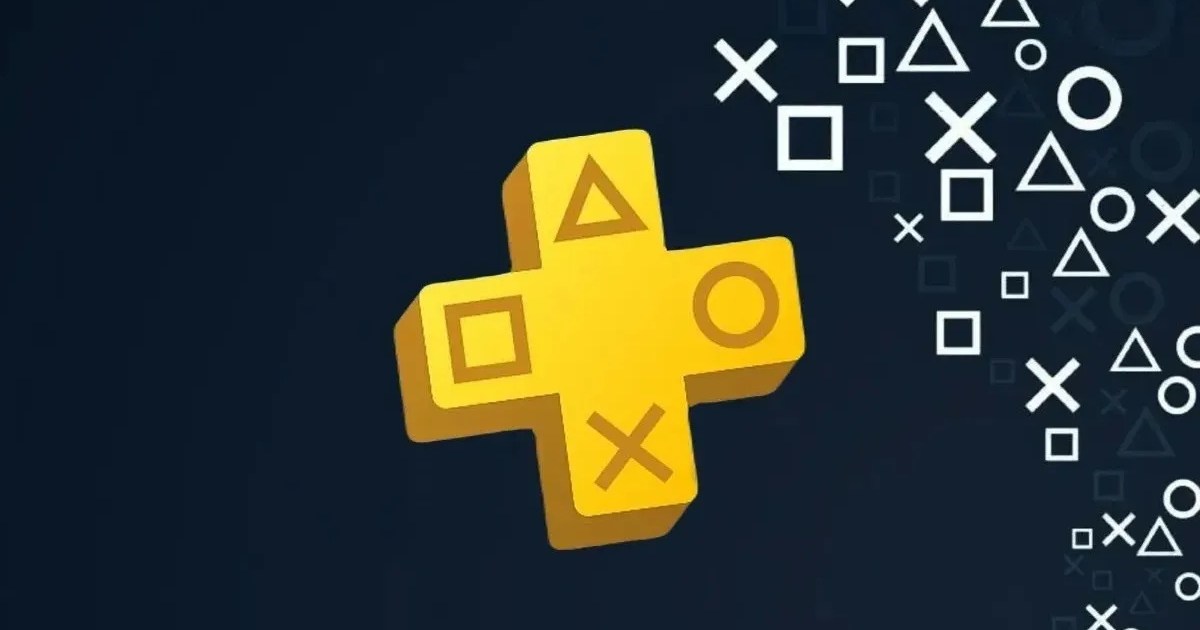













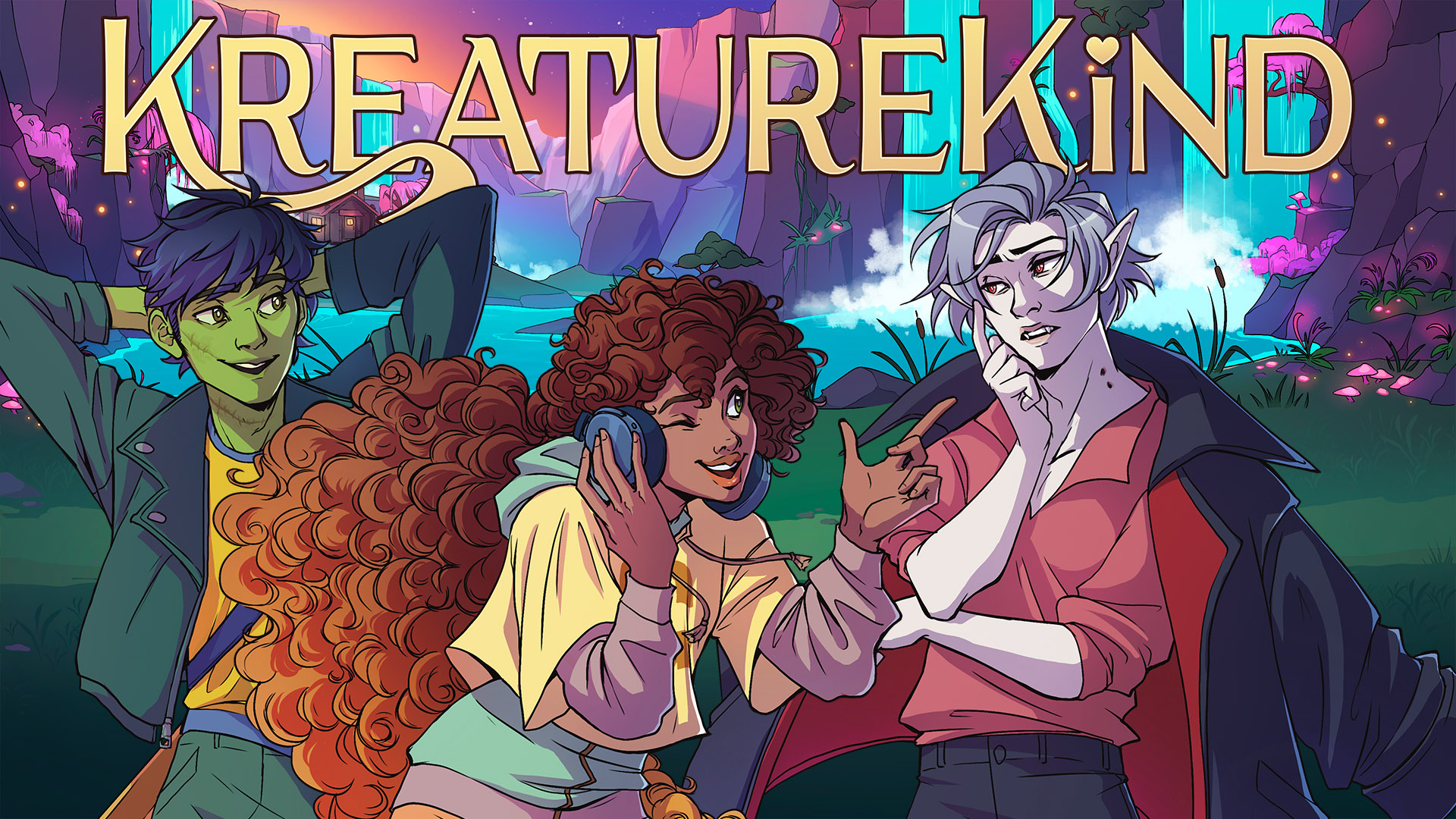

























.jpg?width=1920&height=1920&fit=bounds&quality=70&format=jpg&auto=webp#)










